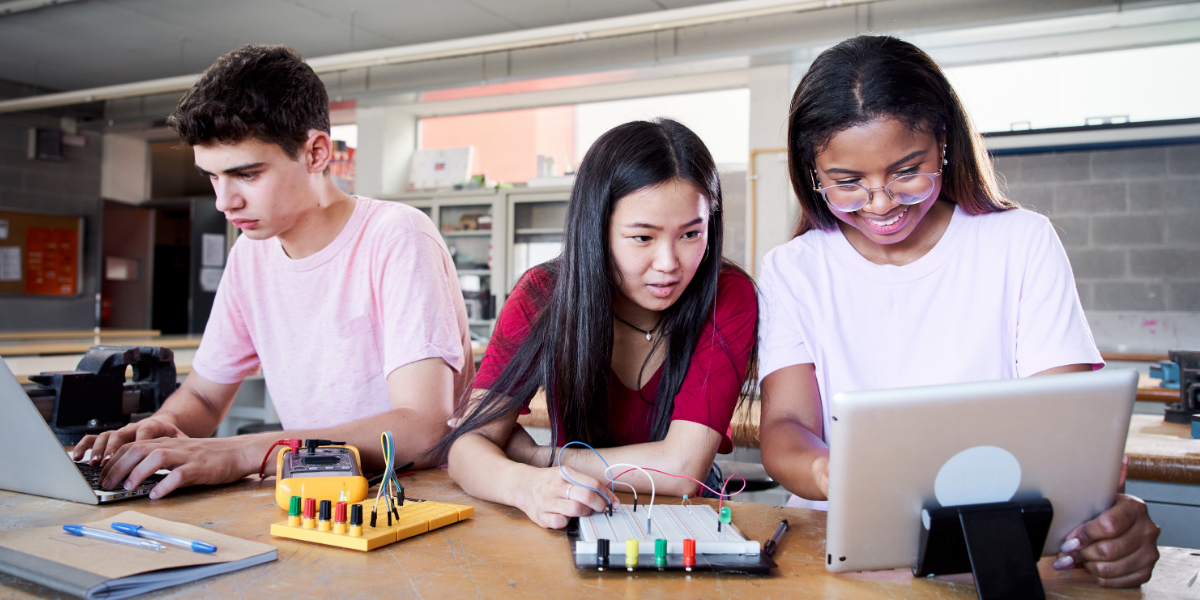College and university students have returned to campus in San Diego. The familiar scenes of parents dropping off first-time freshmen at their dorms, the hustle and bustle of college campuses that resemble small towns, and the excitement for the start of a new academic year immediately spring to mind.
But in the midst of a pandemic, that experience has been strikingly different. Now there are vaccine and mask mandates, online classes and reduced availability of student housing to ensure physical distancing.
More than ever, students are increasingly seeking assistance with mental and behavioral health and wellness concerns.
Soaring anxiety and depression
According to recent research by Dartmouth College, while researchers observed regular spikes of mental health issues among the 200-plus college students enrolled in their study since 2017, incidences of anxiety and depression have soared and continued to increase since the onset of the pandemic.
For anyone familiar with “COVID fatigue” and the heightened awareness of pandemic-induced mental health and well-being issues, this may come as no surprise. Unfortunately, college students have been disproportionately impacted for years because of their limited access to mental health resources.
San Diego college students
In a survey of students last fall semester, the HOPE Center for College, Community and Justice and the San Diego Community College District (SDCCD) — the largest higher education system in San Diego County with nearly 60,000 students enrolled at the time of the survey — found that more than a third of the 10,000-plus student respondents experienced moderate to severe anxiety (36%) and depression (35%).
SDCCD students’ personal experiences during the pandemic contributed significantly to their depression and anxiety:
- 41% had close family members or friends diagnosed with COVID-19
- 17% had close family members or friends die due to COVID-19
- 52% lost part-time jobs, while 38% lost full-time jobs
- 52% of student-parents missed at least one day of classes or work due to childcare responsibilities
- 43% experienced food insecurity
- 59% experienced housing insecurity
- 18% experienced homelessness
Taken together, these symptoms of anxiety, depression and stress build to burnout, or the “physical, emotional, or mental exhaustion accompanied by decreased motivation, lowered performance, and negative attitudes toward oneself and others,” as described by the 2020 American Psychological Association’s Stress in America study of Gen Z adults ages 18 – 23.
It’s even worse for students of color, according to a recent study by Ohio State, with Hispanic/Latinx and Black/African American students reporting higher levels of depression and anxiety as compared to their white counterparts.
While the statistics are daunting, many colleges and universities are meeting the moment and providing additional mental and behavioral health resources and support services for students, including tele-health, meditation apps and in-person therapy options. By doing so, they hope to help students cope, continue their studies, and their ability to persevere despite challenging circumstances.
Opportunity and resilience
Oftentimes, students’ depression and anxiety are also tied to their financial security; this is especially evident among local community college students where many experienced a job loss, reduction in hours or missed work due to childcare duties during the pandemic. One of the ways The San Diego Foundation assists students is through its Community Scholarship Program. Scholarships foster equity of opportunity for local college students, especially for those from historically underserved communities.
As a top destination for students interested in attending University of California and California State University campuses, San Diego’s college students are an important part of the local community. As part of its Strategic Plan, The San Diego Foundation is committed to building resilient communities by improving mental and behavioral health in our region.




